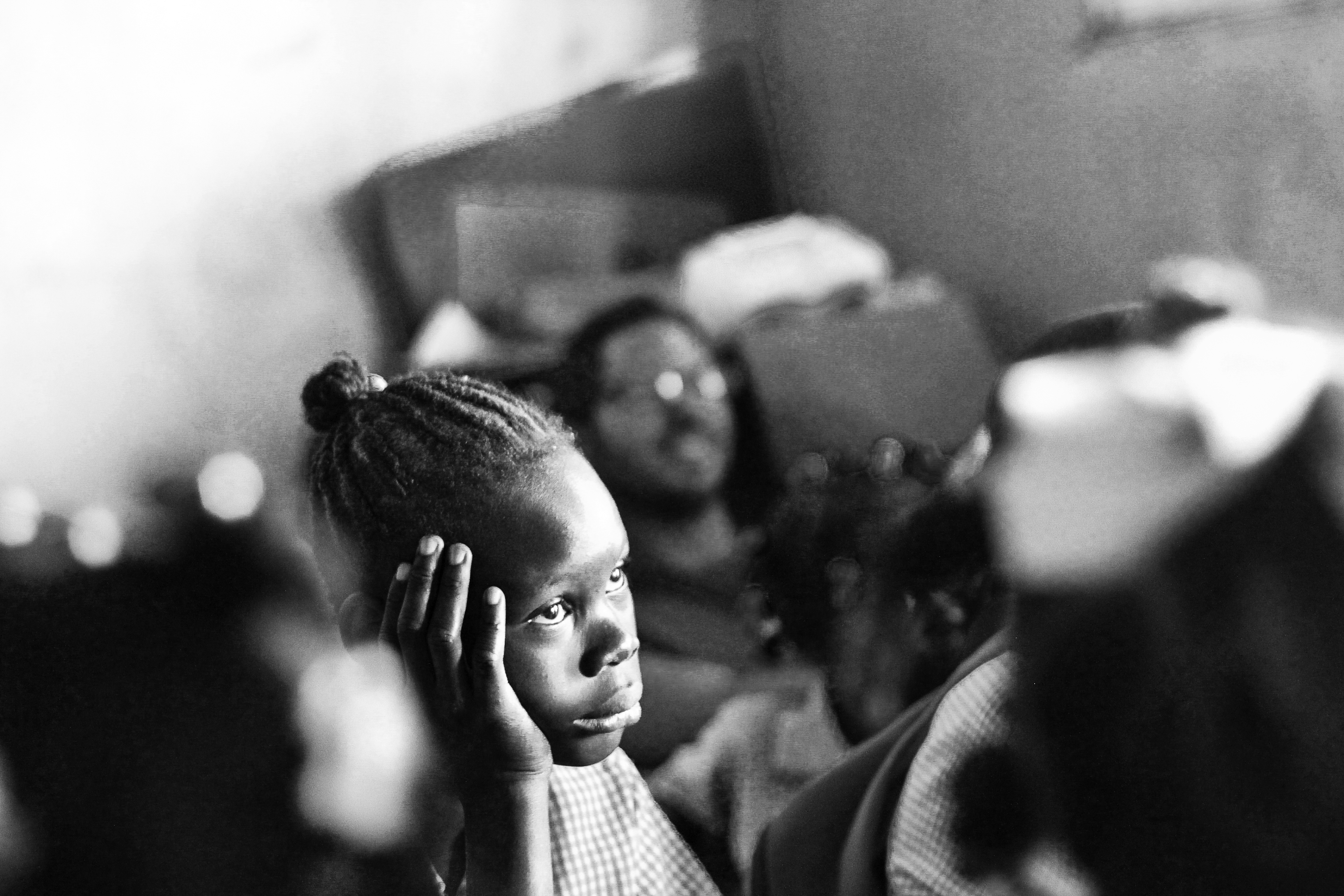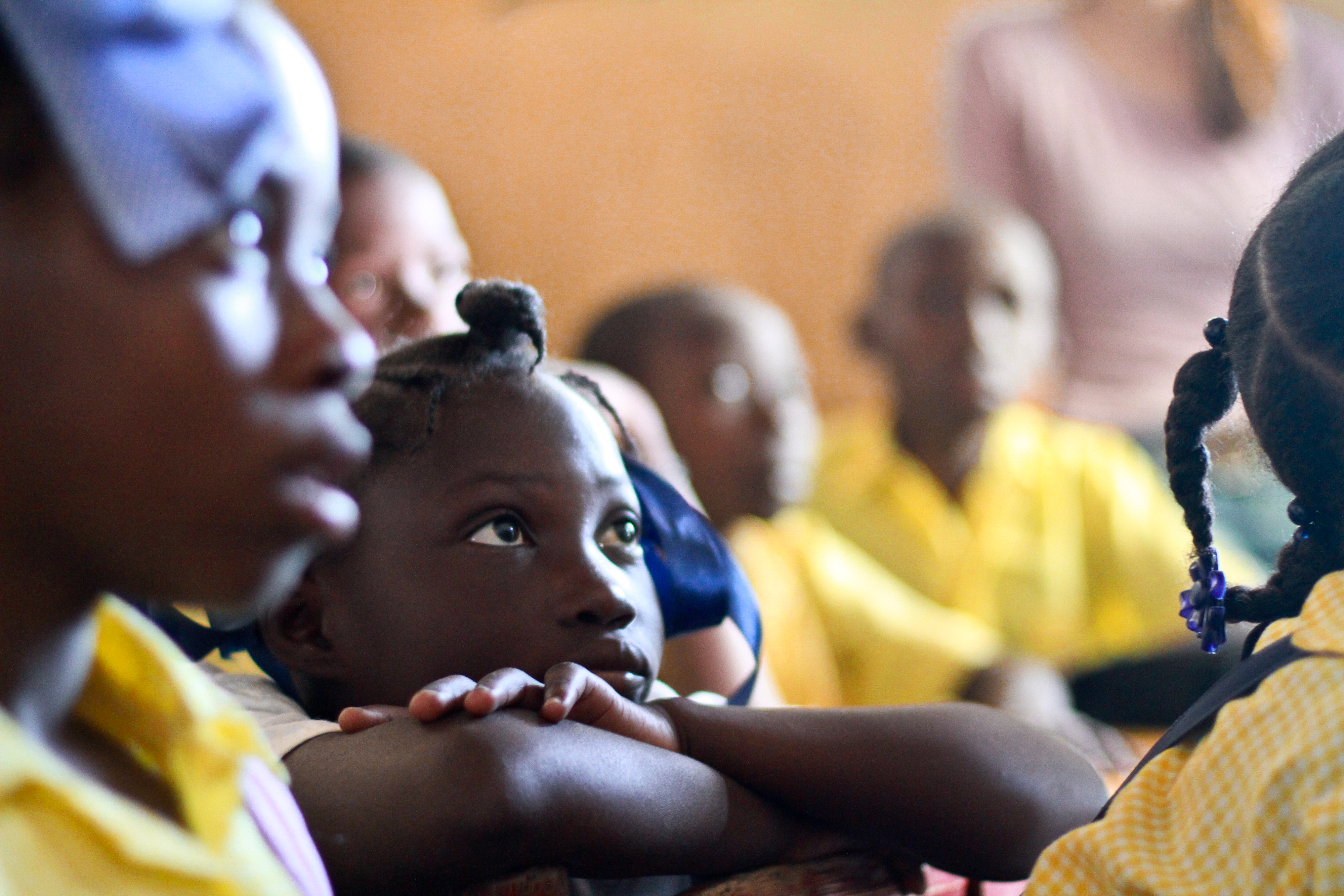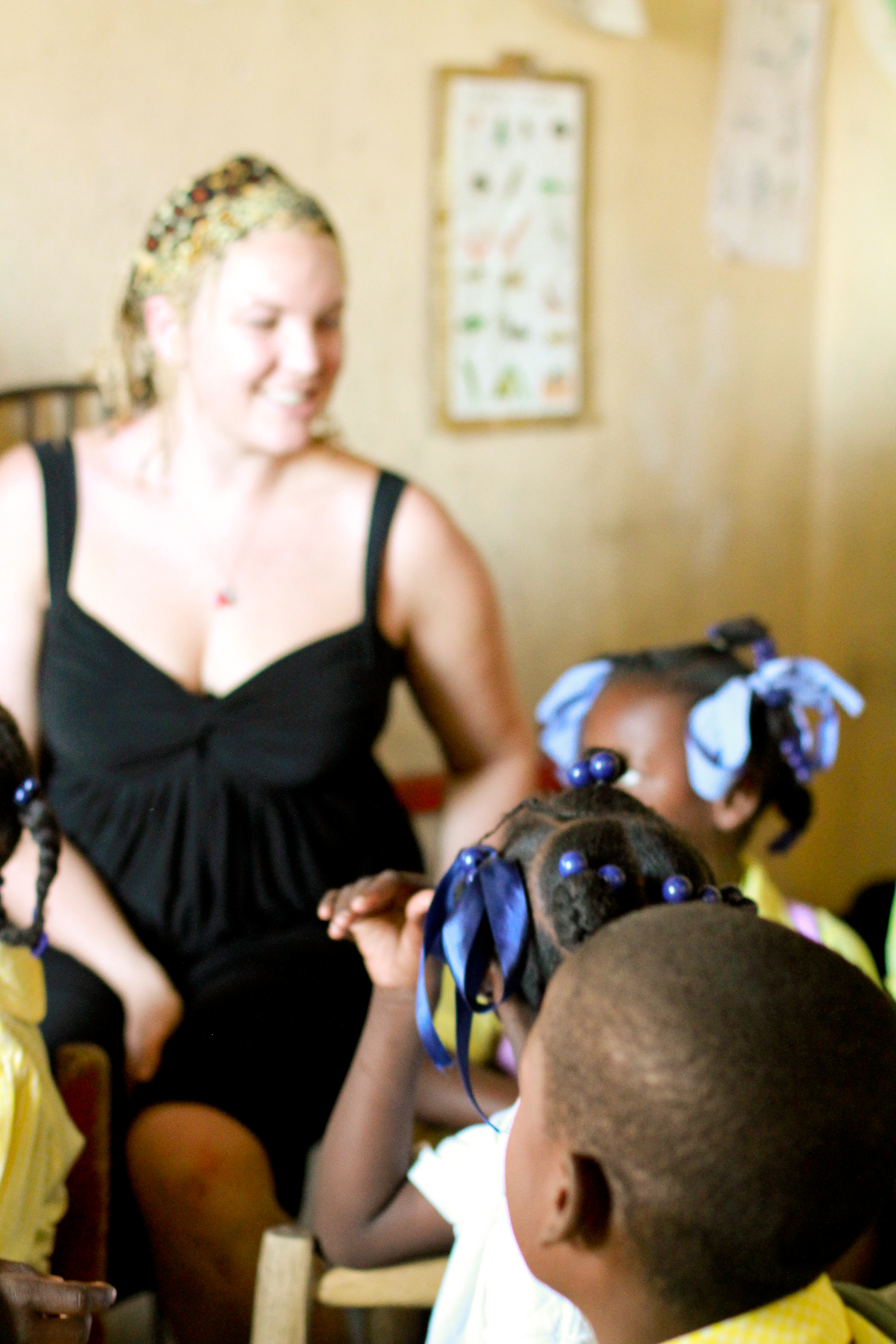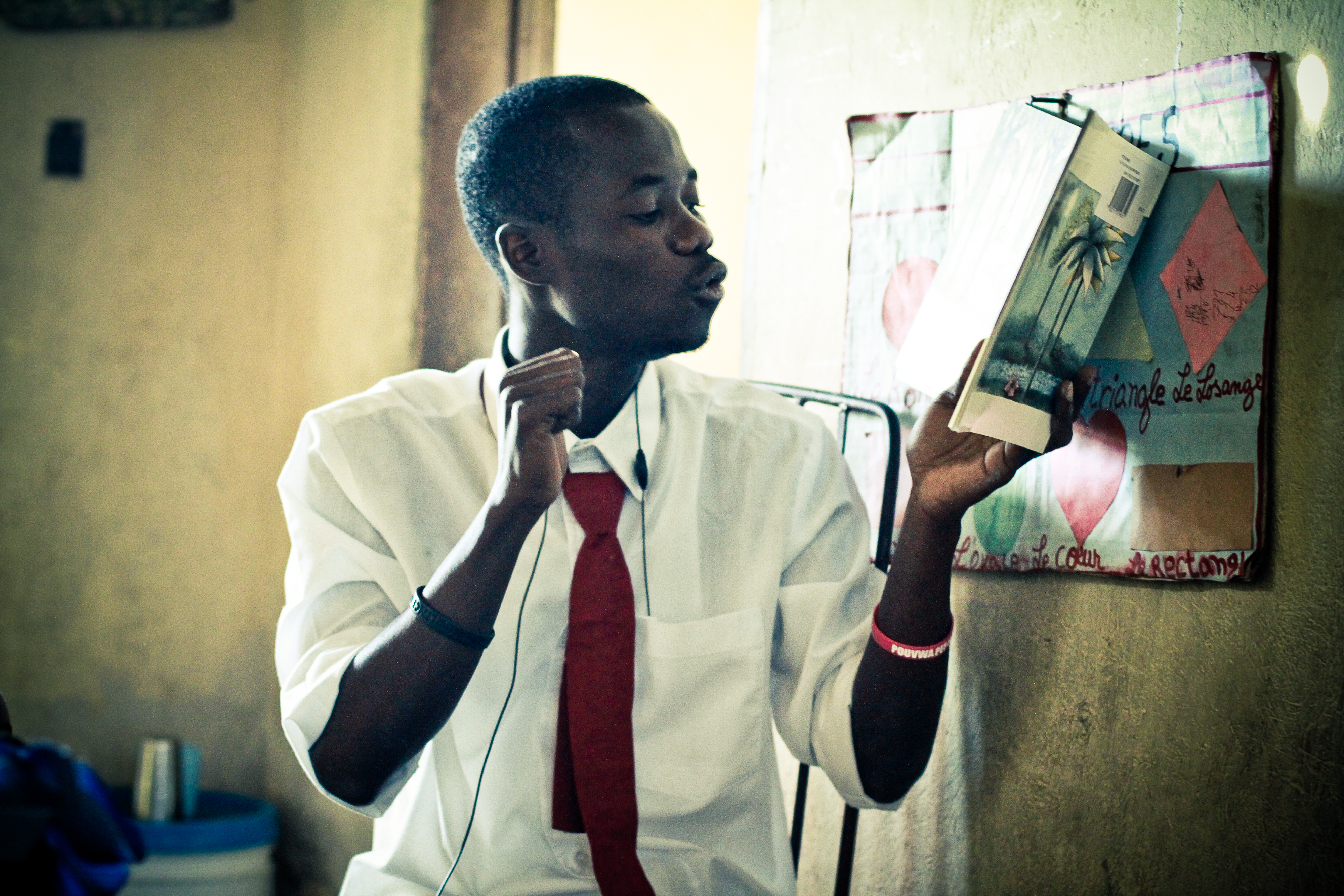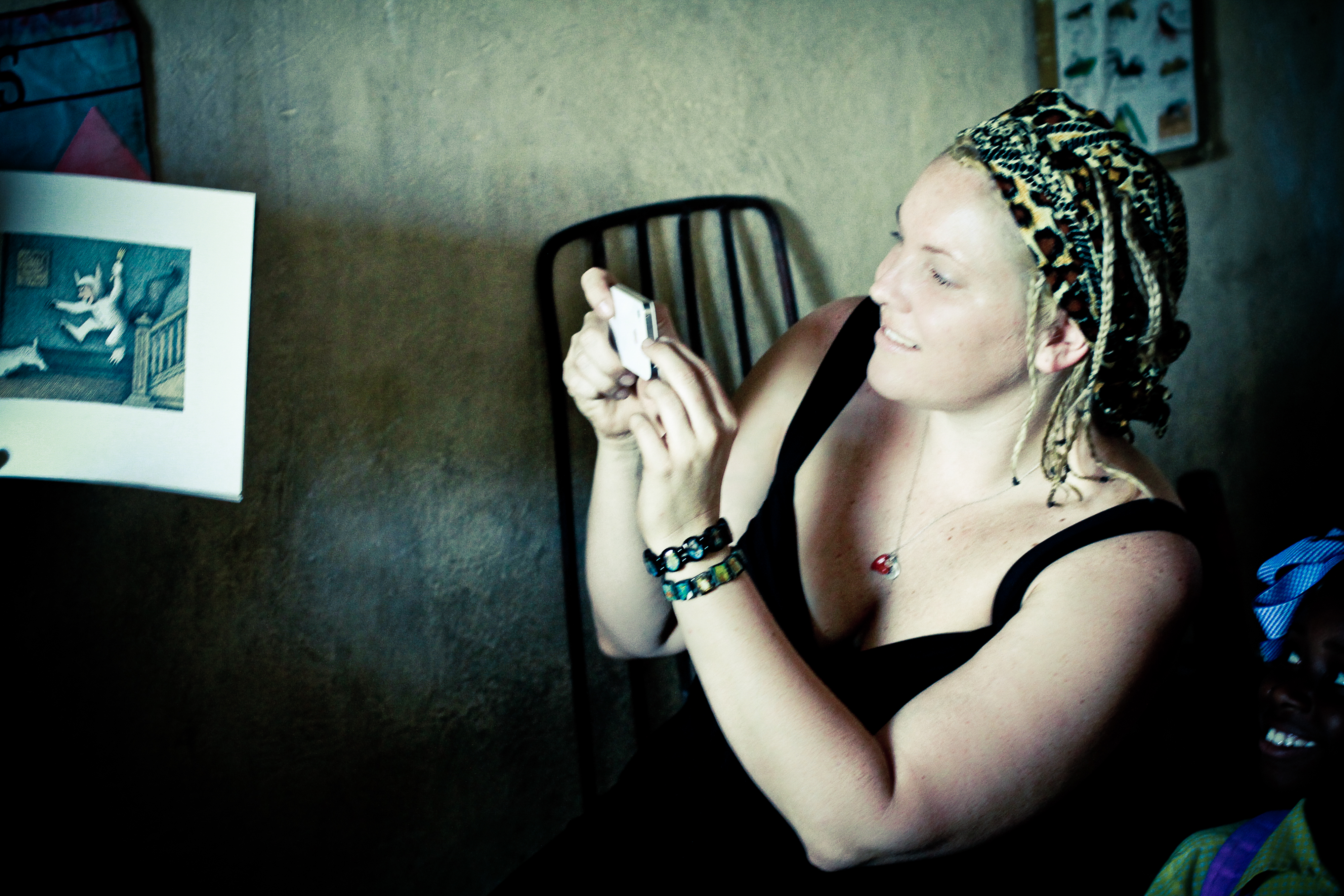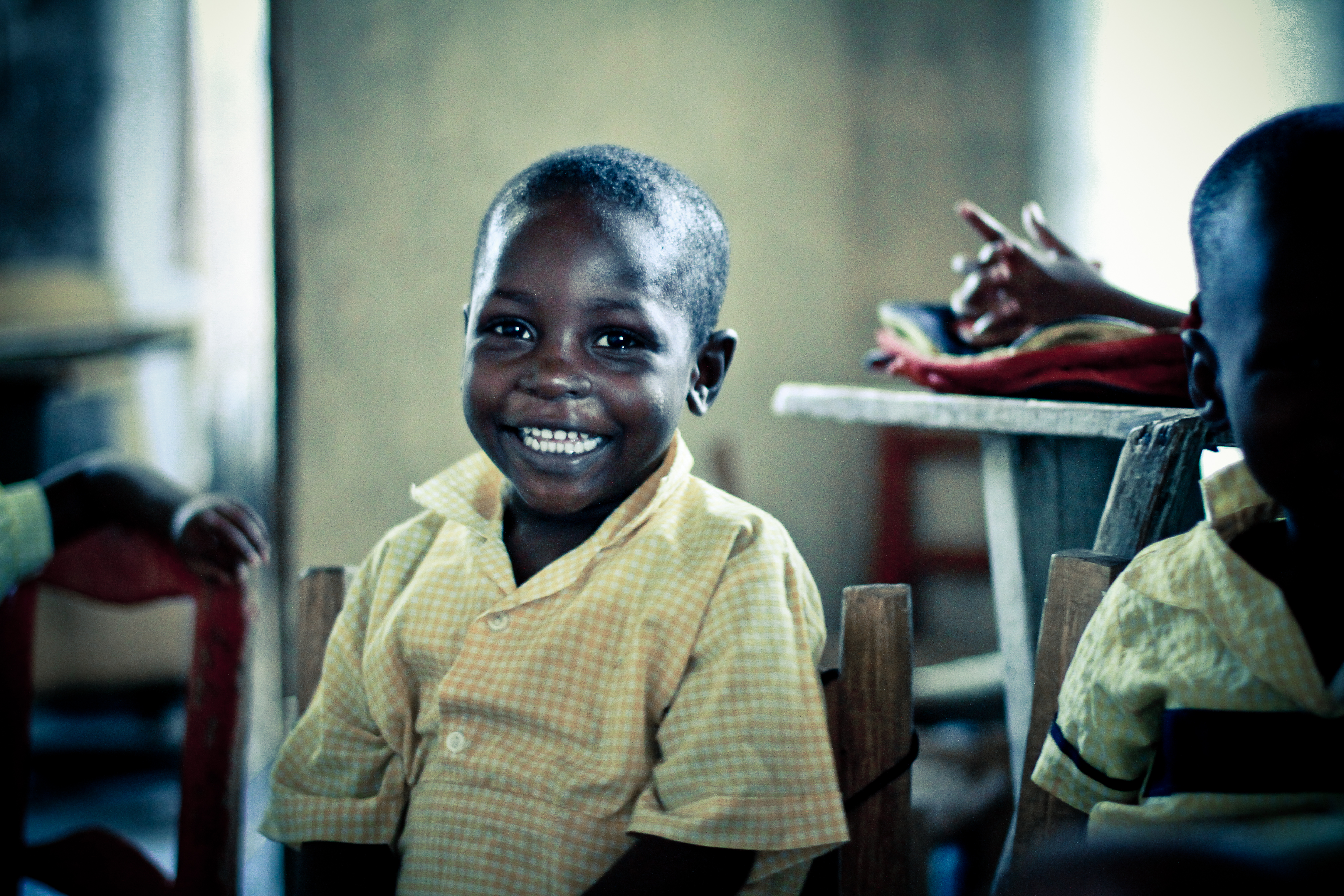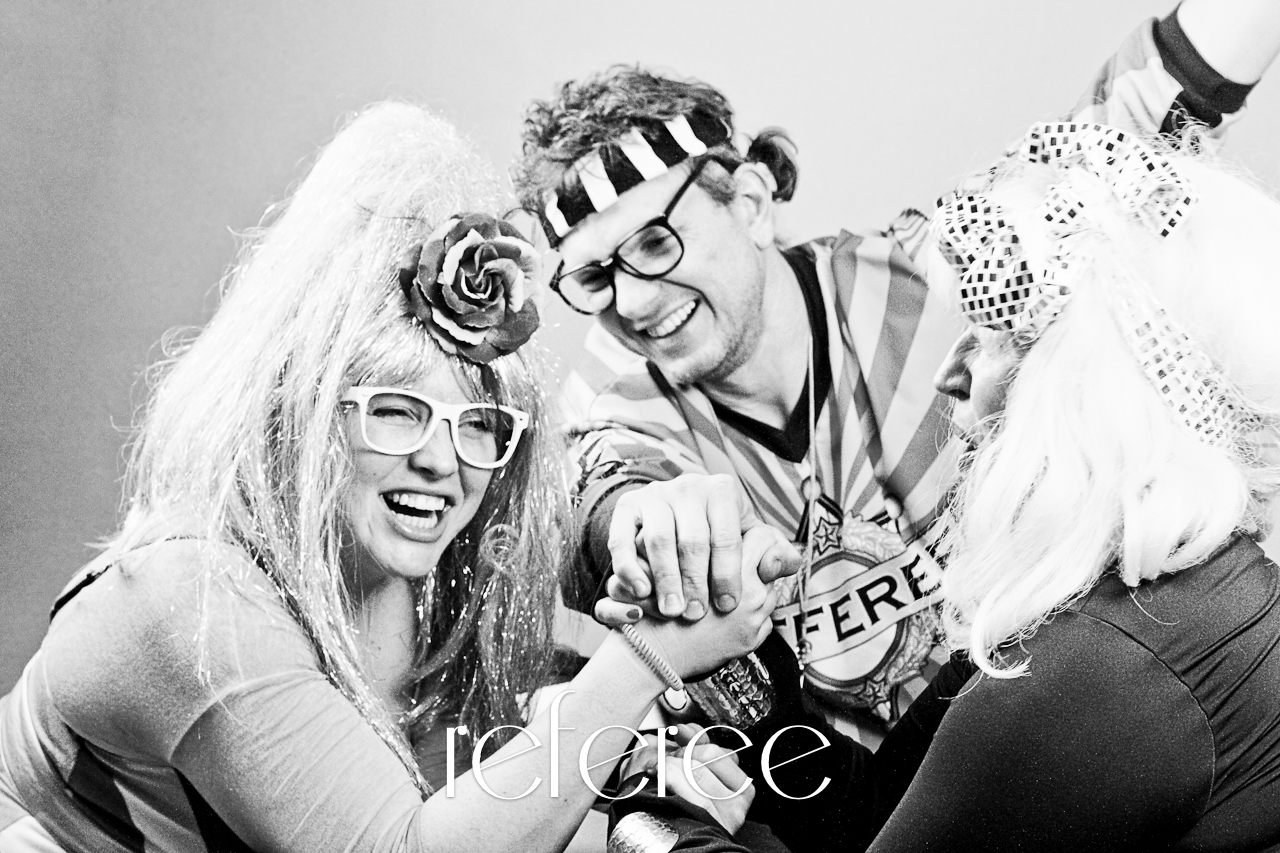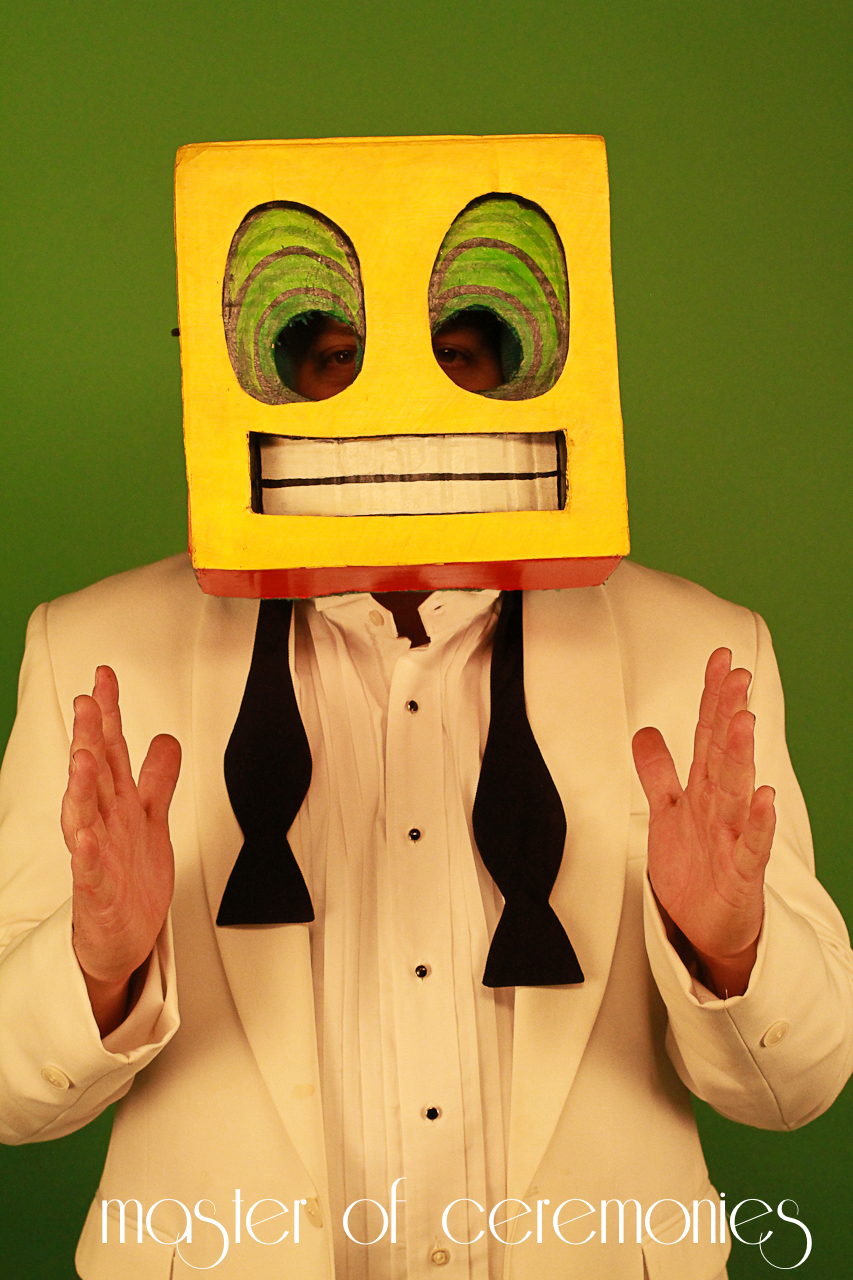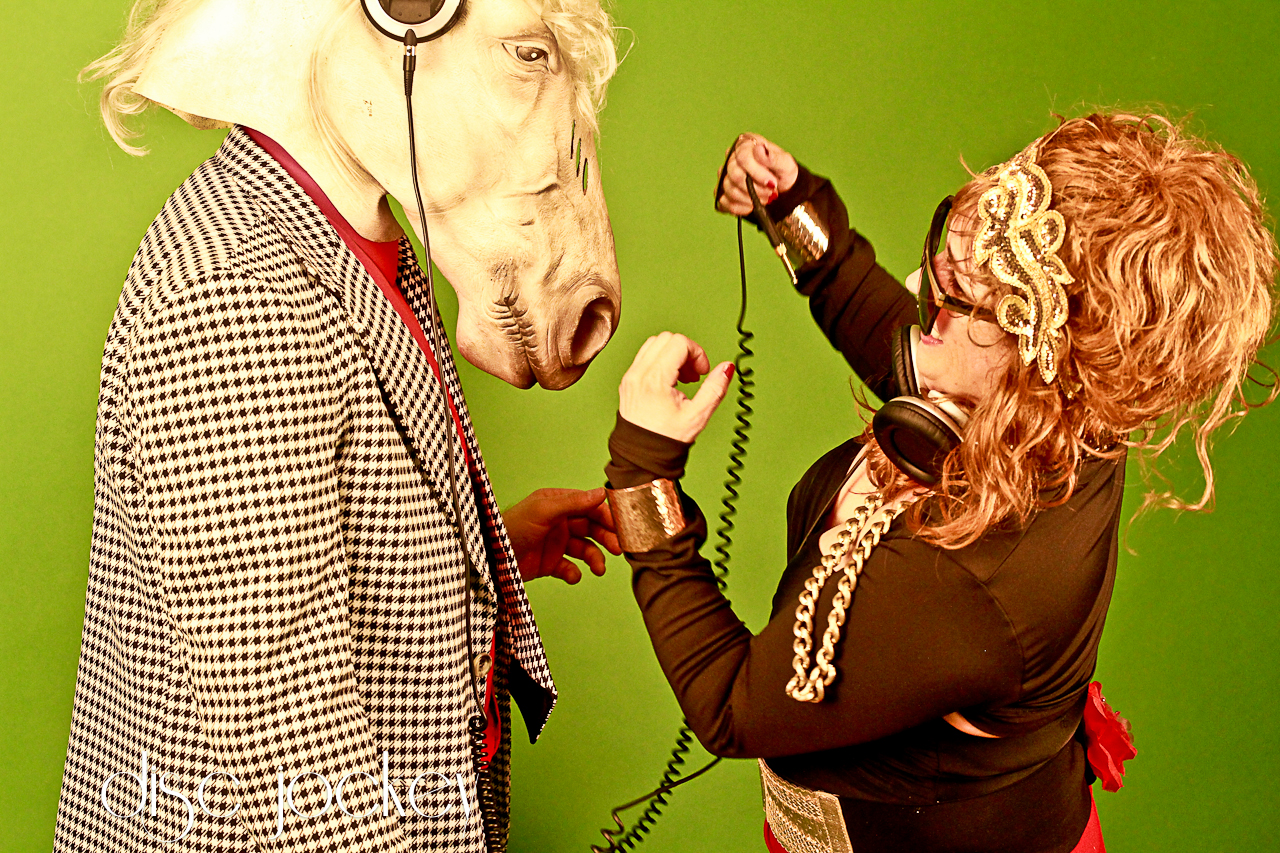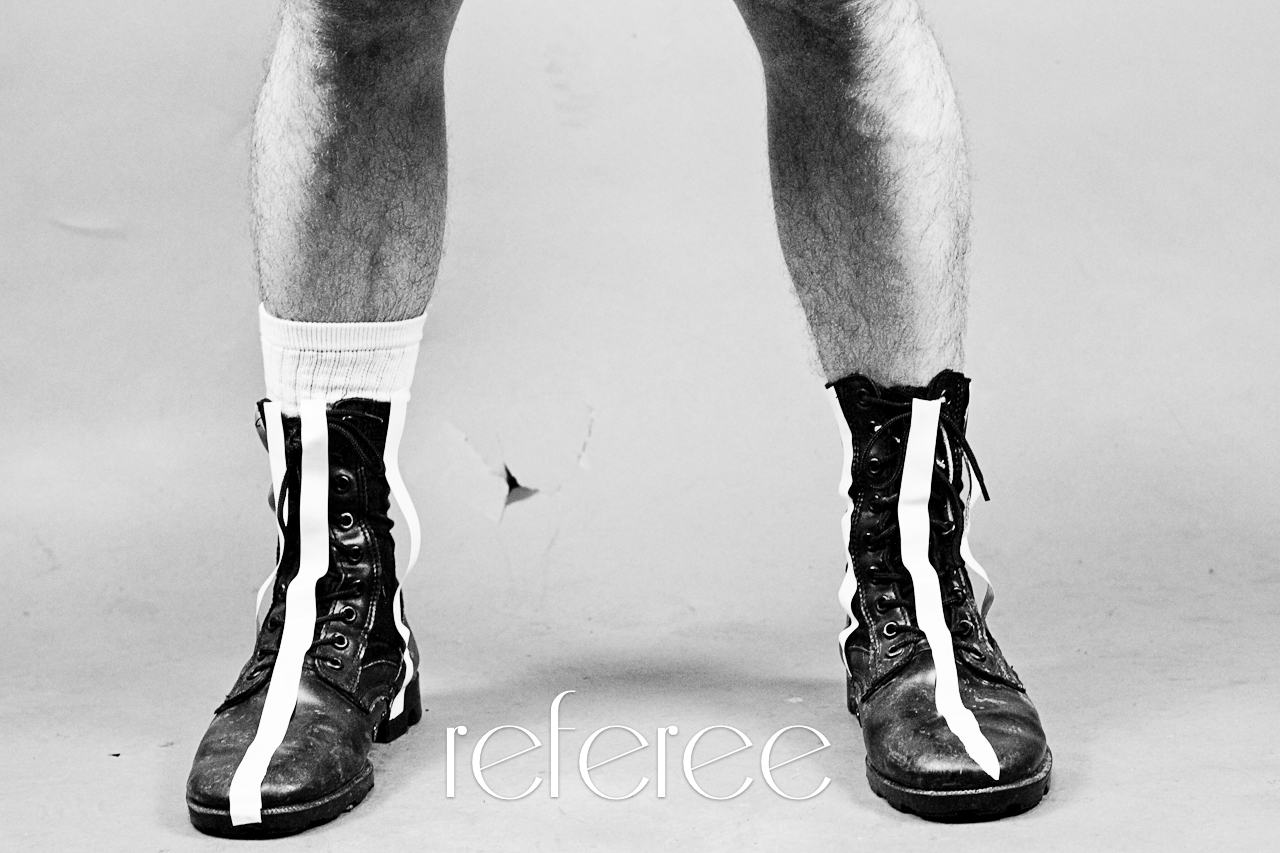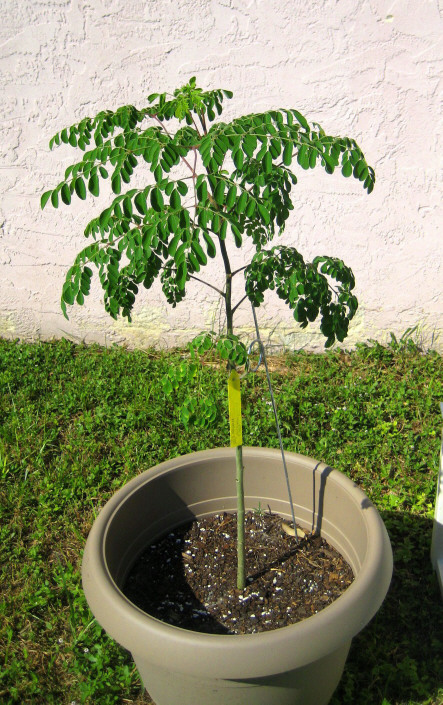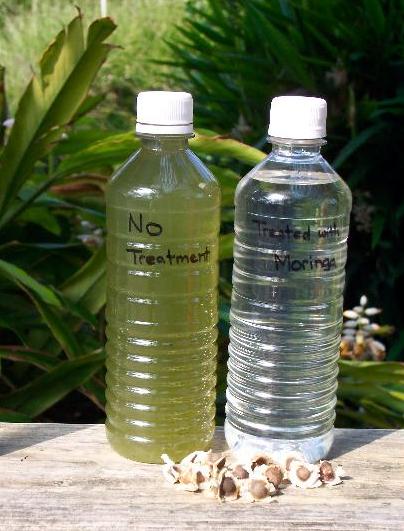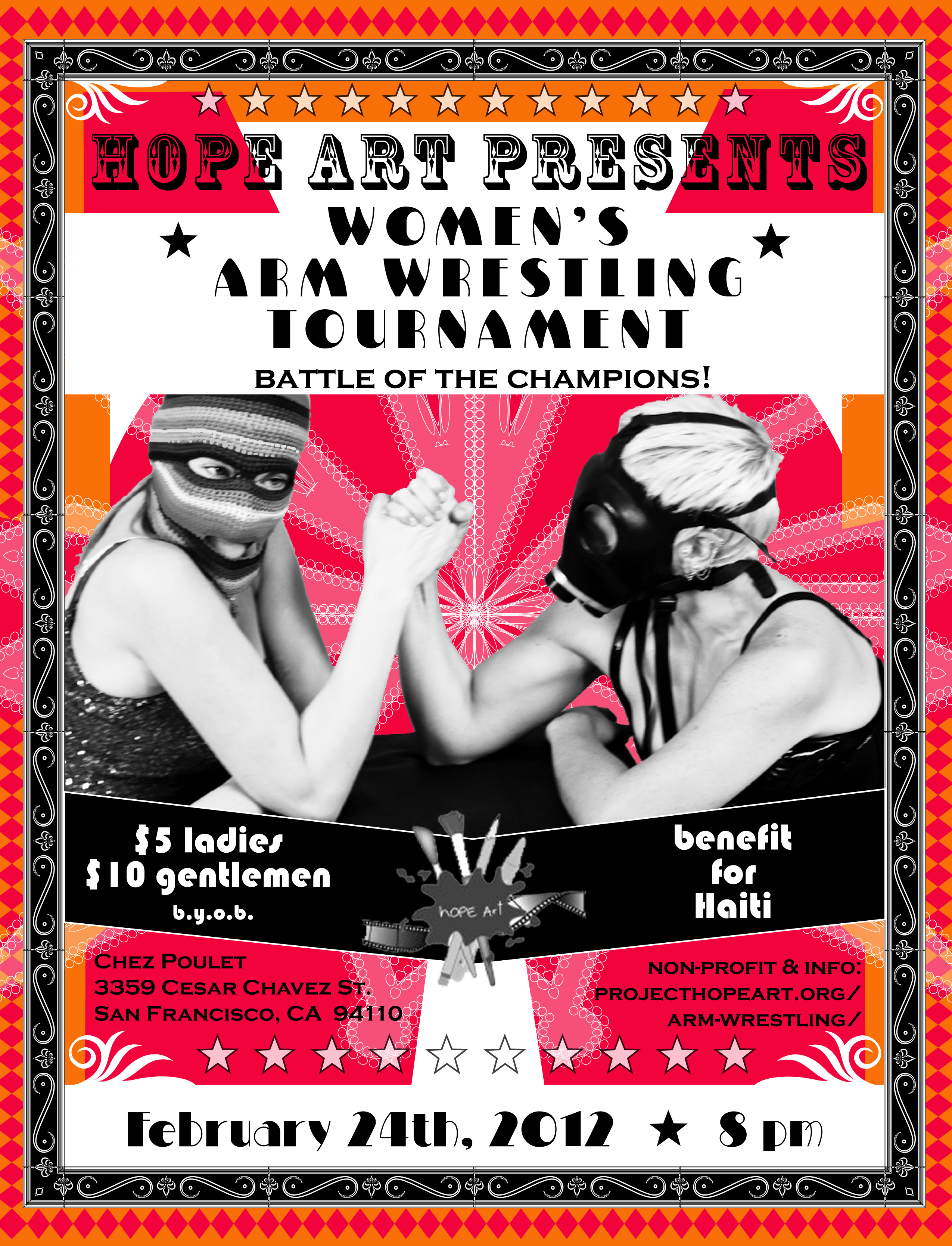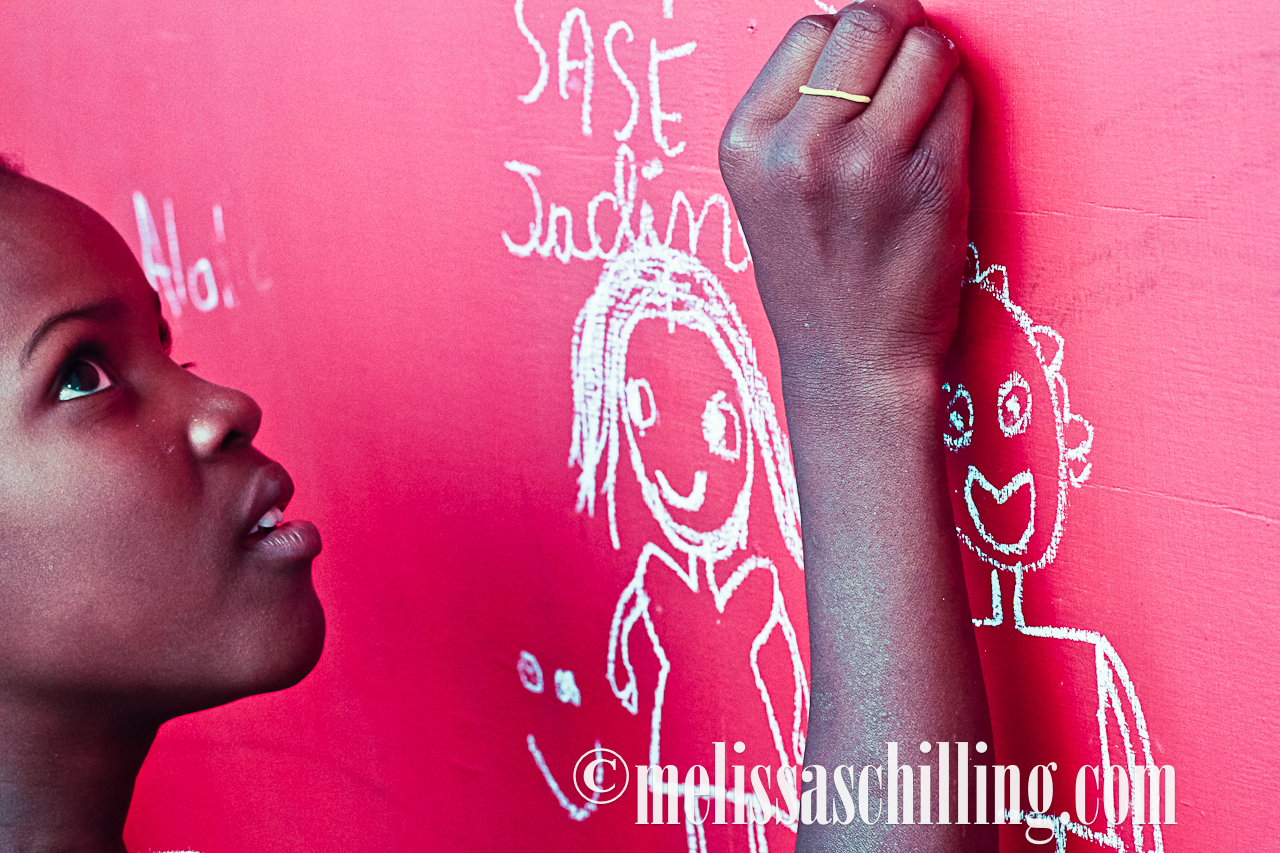Here at HOPE Art we like to use the universal language of art to solve real problems. It was our pleasure to unveil this new literacy program during our January 2012 trip to Haiti. The basic gist? Bring books in French and read them to children. From there we compose art projects around the main characters, main ideas and main themes of the book.
It was my personal joy to bestow one of my all-time favorites, Ramona the Pest, onto a group of 6 girls. I left the book with the young ladies on a sunny afternoon. When I returned two days later they had all read the book and were excitedly jumping all over me screaming “Wah-Mona!”
When I return to Haiti in April I will be bringing the next Ramona installment to them.
In 1982, illiteracy rates hovered at about 60%. And it was even higher in rural areas.
As of 2012, just a smidge more than 50% of the population can read.
It is our job to make reading fun by throwing color, texture and silly voices into the mix. Wherever we go we want to leave a trail of books for children to read and enjoy.
First Project?
Max et les Maximonstres
(Where the Wild Things Are)
We read and watercolored monsters with 15 coed children aged 8-10 years old in Cite Soleil, at a school
We also read and watercolored monsters with 15 girls aged 4-15 years old, at OJFA, a girls empowerment center in Carrefour Feuille
Stay tuned as we build this program out and up and bring it to more and more children.
If you would like to contribute, please choose something off of our wishlist.

